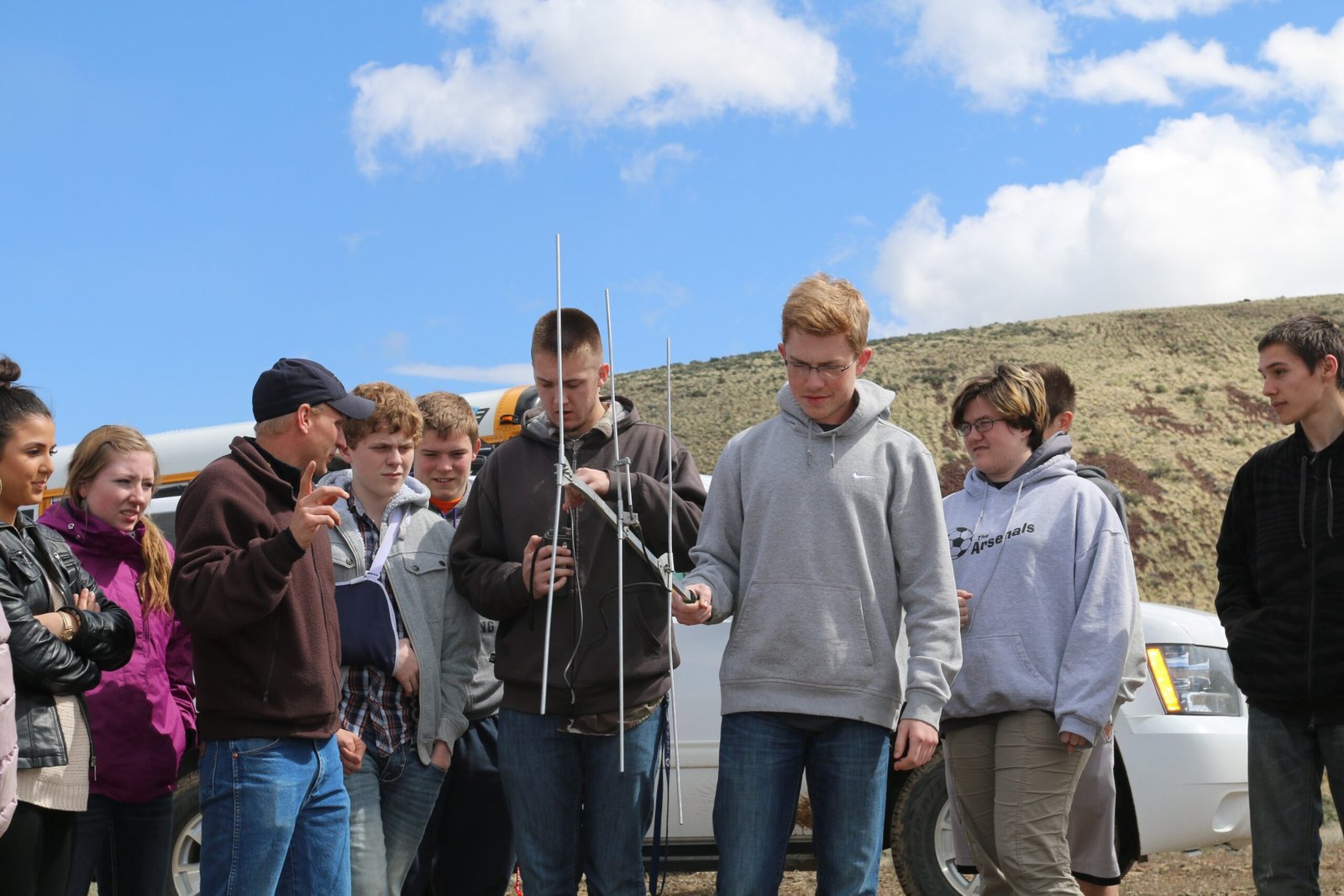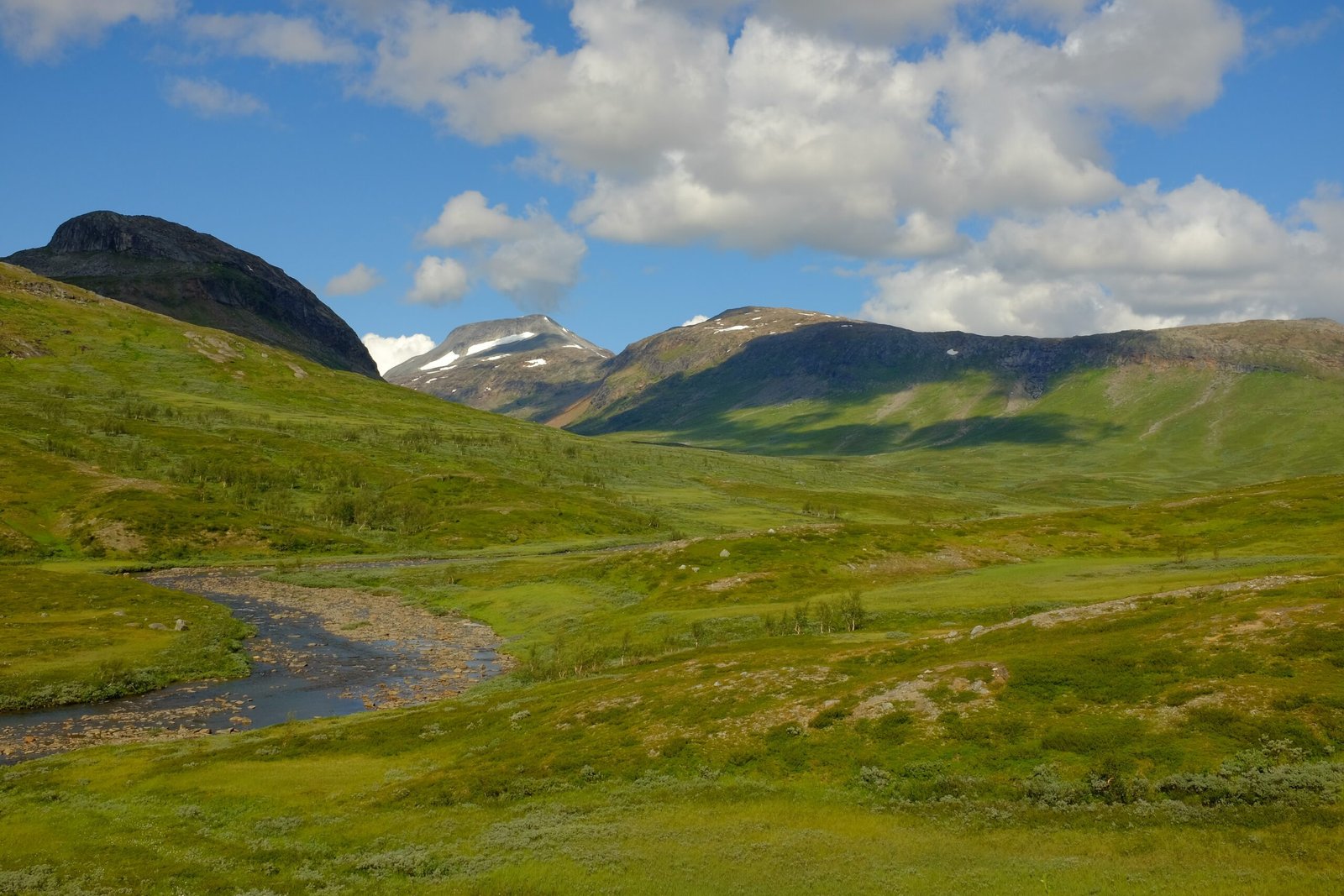In the vast, frozen wilderness of Canada, a shadow moves almost unseen—a creature so tough and tenacious that it has inspired legends among trappers, scientists, and Indigenous communities alike. The wolverine, with its fierce reputation and ghost-like presence, has long fascinated those lucky enough to catch even a fleeting glimpse. Imagine hiking through a silent, snowbound forest, every sense alert, knowing that somewhere out there, this solitary carnivore is carving out its life against impossible odds. Few animals capture the wild spirit of the Canadian North like the wolverine, whose survival depends not just on strength, but on cunning and resilience. As science advances, so too does our ability to track and understand these mysterious creatures, revealing surprising secrets hidden for centuries. The quest to follow the wolverine’s trail isn’t just a journey into remote landscapes—it’s an adventure into the very heart of wilderness itself.
The Mysterious Nature of the Wolverine
Wolverines are famously secretive, making them one of the hardest animals to observe in the wild. Their elusive behavior comes from a mix of necessity and instinct; these animals rely on vast territories, often roaming hundreds of kilometers to find food and mates. Unlike wolves or bears, wolverines rarely leave obvious tracks, and their solitary habits mean encounters are rare. Even seasoned trappers and wildlife biologists can spend years in wolverine country without ever seeing one. This air of mystery has made the wolverine a symbol of wilderness and endurance in Canadian folklore. Their reputation for ferocity comes not from size, but from their ability to survive and thrive where few others can. For many, just knowing that wolverines roam the wild forests and tundra brings a special thrill and a sense of awe.
Physical Powerhouses: Built for Survival
Despite their modest size—about that of a medium dog—wolverines are incredibly strong for their weight. Their muscular bodies and broad, powerful paws allow them to travel over deep snow with surprising ease, almost floating across drifts that bog down larger predators. With thick, frost-resistant fur and a stocky build, wolverines can withstand temperatures that would cripple most mammals. Their jaws and teeth are strong enough to crush frozen bones, letting them scavenge from carcasses abandoned by wolves or bears. These physical traits are not just for show; they are essential adaptations for survival in some of the harshest environments on the planet. The wolverine’s immense stamina and toughness have earned it nicknames like “skunk bear” and “glutton,” but these labels barely hint at its true resilience.
A Carnivore with a Complex Diet
Wolverines may be fierce hunters, but they are also opportunistic feeders. Their diet is as varied as the landscape they inhabit, ranging from small rodents to the frozen remains of moose or caribou. In winter, when food is scarce, wolverines rely heavily on scavenging, often following wolf packs to pick over leftovers. They have been known to climb trees for bird eggs and even dig through snow to find hibernating prey. This flexibility is crucial in the unpredictable northern climate. By eating whatever is available, wolverines ensure they can survive when others might starve. Scientists have marveled at their ability to extract nutrition from the toughest sources, such as bones and sinew. This adaptability is one of the key reasons wolverines have managed to persist in the wild.
Habitat: From Boreal Forests to Arctic Tundra
The wolverine’s range stretches across many of Canada’s wildest regions, from dense boreal forests to the windswept Arctic tundra. They prefer remote, rugged landscapes where human disturbance is minimal, often thriving in places too inhospitable for other large mammals. Deep snow is especially important for wolverines, as it allows them to build dens for raising young and storing food caches away from other scavengers. In the far north, wolverines can be found roaming open tundra, where they must cover vast distances to find enough to eat. Their presence is often a sign of a healthy, intact ecosystem—one where nature, not people, sets the rules. However, as development encroaches on wild spaces, these habitats are increasingly under threat, making the wolverine an indicator species for conservationists.
Tracking the Untrackable: New Technologies

Following wolverines in their natural habitat is no easy feat. For decades, scientists relied on old-fashioned tracking—searching for footprints in the snow, examining scat, and sometimes using baited camera traps. In recent years, technological advances have revolutionized the field. GPS collars now allow researchers to follow wolverines’ movements in real time, revealing astonishing journeys of hundreds of kilometers over just a few weeks. DNA analysis from hair and scat samples provides insights into population genetics and family relationships. Even drones are being used to scan remote areas for signs of activity. Each new tool brings us closer to understanding how wolverines live, mate, and survive in the wild. The data collected is vital for creating effective conservation plans, especially as climate and land use change.
Reproduction: The Challenge of Raising Kits

Wolverine mothers face one of nature’s toughest parenting jobs. Nursing and raising kits in the deep winter, they dig snow dens that can be meters deep to protect their young from cold and predators. Litters are usually small, often just two or three kits, and the demands of feeding them are immense. The mother must hunt or scavenge enough food not just for herself, but also to sustain her rapidly growing offspring. If conditions are harsh or food is scarce, few kits survive to adulthood. This low reproductive rate means wolverine populations are slow to recover from any losses. Understanding these reproductive challenges is crucial for scientists studying population trends and long-term survival.
The Threats Facing Canada’s Wolverines
Despite their ruggedness, wolverines face mounting threats from human activity. Habitat loss due to logging, mining, and road construction fragments the vast territories they need. Climate change is altering snow patterns, which can jeopardize denning sites and reduce hunting success. Trapping, though more regulated today, still poses risks in some areas, especially where wolverines are caught unintentionally. These pressures combine to make the species vulnerable, with some regions reporting sharp declines. Conservationists warn that without action, the wolverine could disappear from much of its historical range. Protecting these animals means tackling complex environmental issues, from sustainable land use to climate adaptation.
Indigenous Knowledge and Wolverine Wisdom
For centuries, Indigenous peoples across Canada have shared stories and wisdom about wolverines, often viewing them as symbols of endurance and ingenuity. Traditional knowledge, passed down through generations, includes detailed observations about wolverine behavior, seasonal movements, and changes in population. Many Indigenous communities are now working with scientists to blend these insights with modern research, creating a richer, more complete understanding of wolverine ecology. This collaboration has proven essential for designing conservation strategies that respect both cultural heritage and ecological science. The wolverine’s place in Indigenous stories reminds us that science is not the only way to learn about the natural world—listening to those who have lived alongside these animals for generations is just as important.
Wolverines and the Canadian Imagination
Few animals have such a powerful hold on the Canadian imagination as the wolverine. Their reputation as fierce, almost mythical survivors has inspired everything from sports team mascots to comic book heroes. In many ways, the wolverine represents the untamed wildness that still exists in Canada’s remotest corners. For people who venture into these places, seeing a wolverine—if only for a moment—can feel like a rare privilege, a brush with something primal and ancient. This fascination has helped spur public support for conservation and research, as more people seek to understand and protect this remarkable species. The wolverine’s mystique reminds us that there are still mysteries in the world worth exploring.
Conservation in Action: Successes and Setbacks

Efforts to protect wolverines are gaining ground, thanks to partnerships between government agencies, Indigenous groups, and conservation organizations. Strategies include creating wildlife corridors, restricting development in key habitats, and educating the public about the species’ needs. Some regions have seen population rebounds, a sign that targeted measures can make a difference. However, setbacks remain, with ongoing threats from resource extraction and climate change keeping many populations at risk. Conservationists stress the need for long-term monitoring and flexible management that can adapt to new challenges. The wolverine’s future depends on continued commitment and collaboration across many sectors.
The Enduring Mystery of the Wolverine
Even as science peels back the layers of mystery surrounding the wolverine, much about this animal remains unknown. Each new study uncovers more questions: How do wolverines choose their territories? What triggers their incredible long-distance journeys? Can they adapt quickly enough to outpace a changing world? The search for answers is ongoing, driven by a sense of wonder and respect for a creature that refuses to be easily tamed or understood. The wolverine stands as a symbol of wildness, resilience, and the enduring power of nature to surprise us. As we track these elusive carnivores across Canada’s great wilderness, we are reminded that some secrets are worth the chase.



